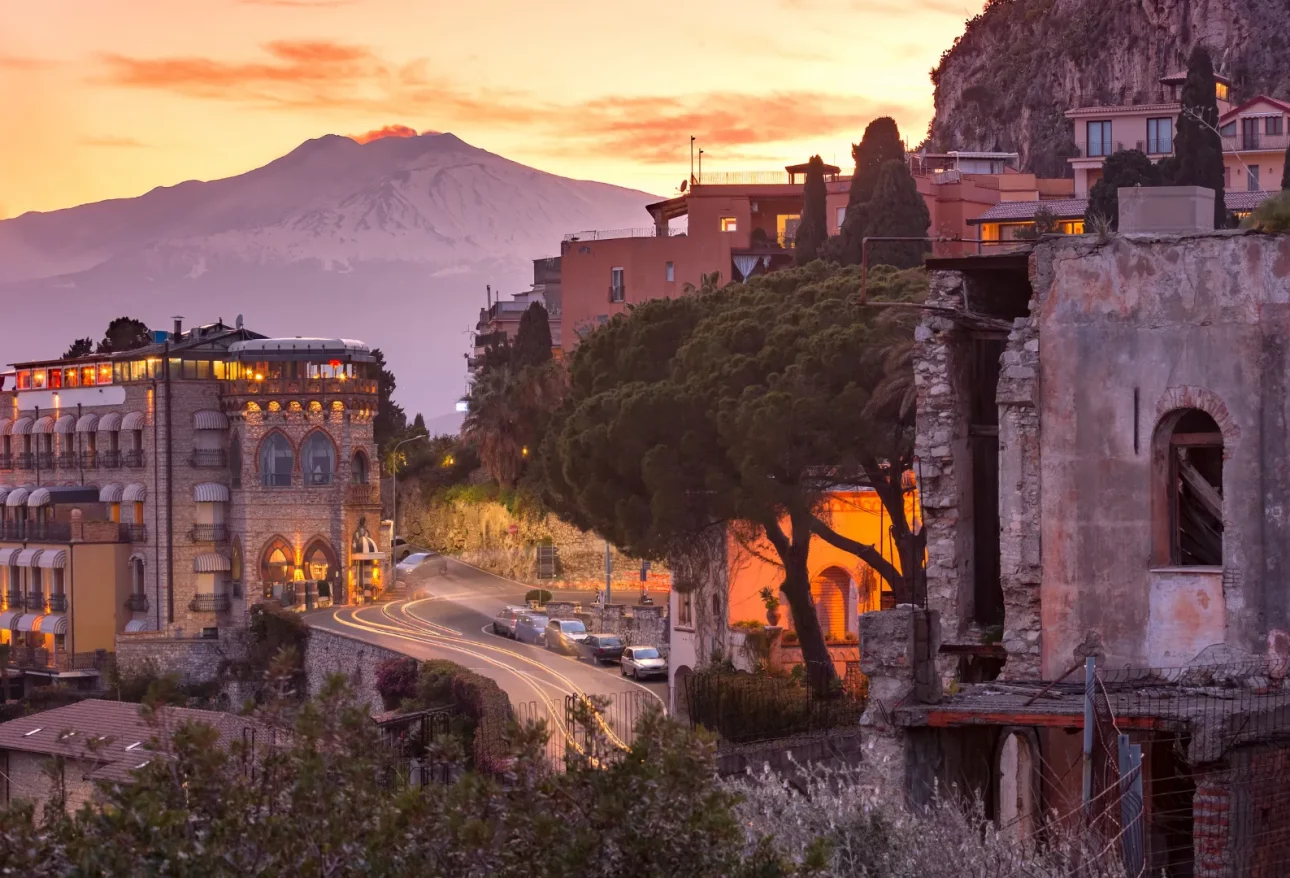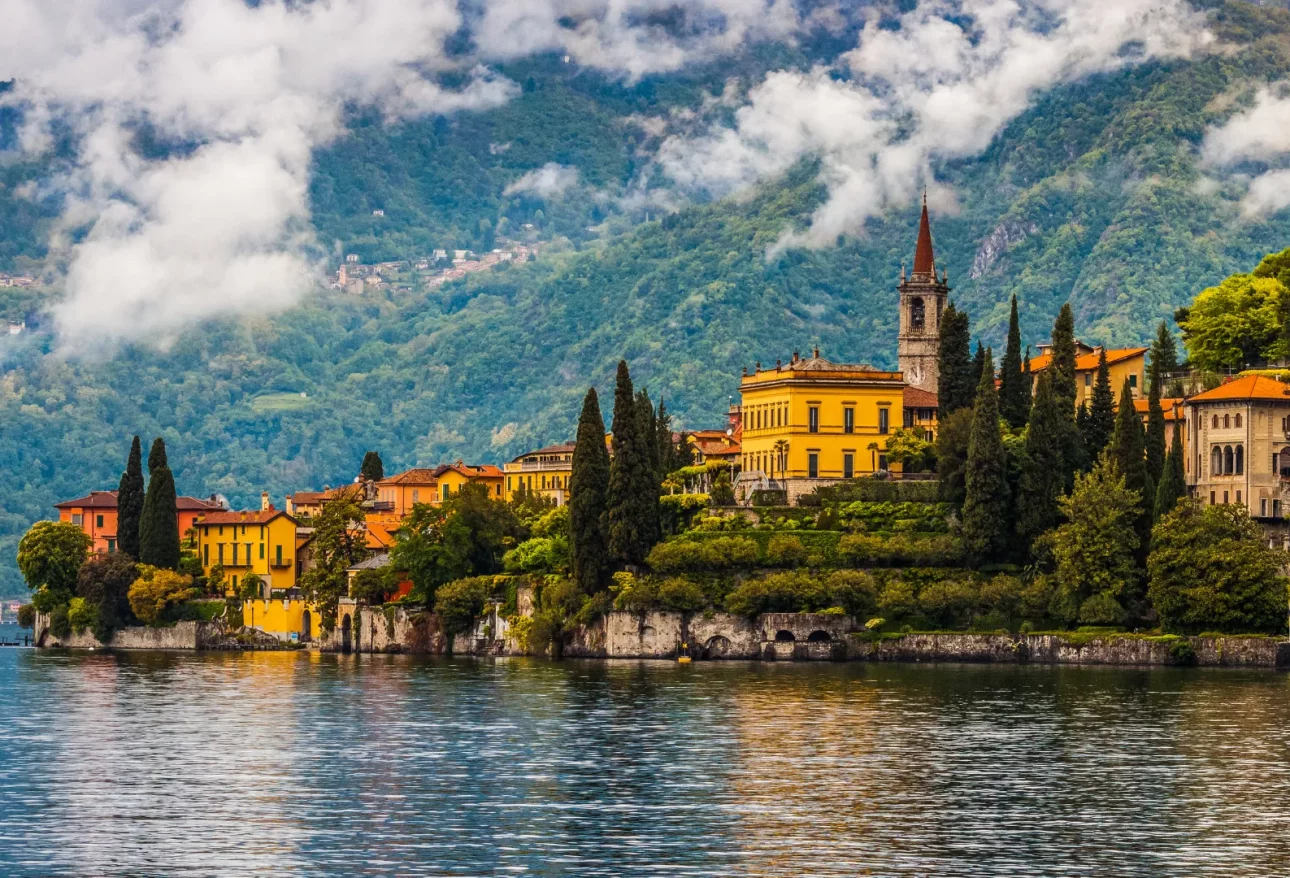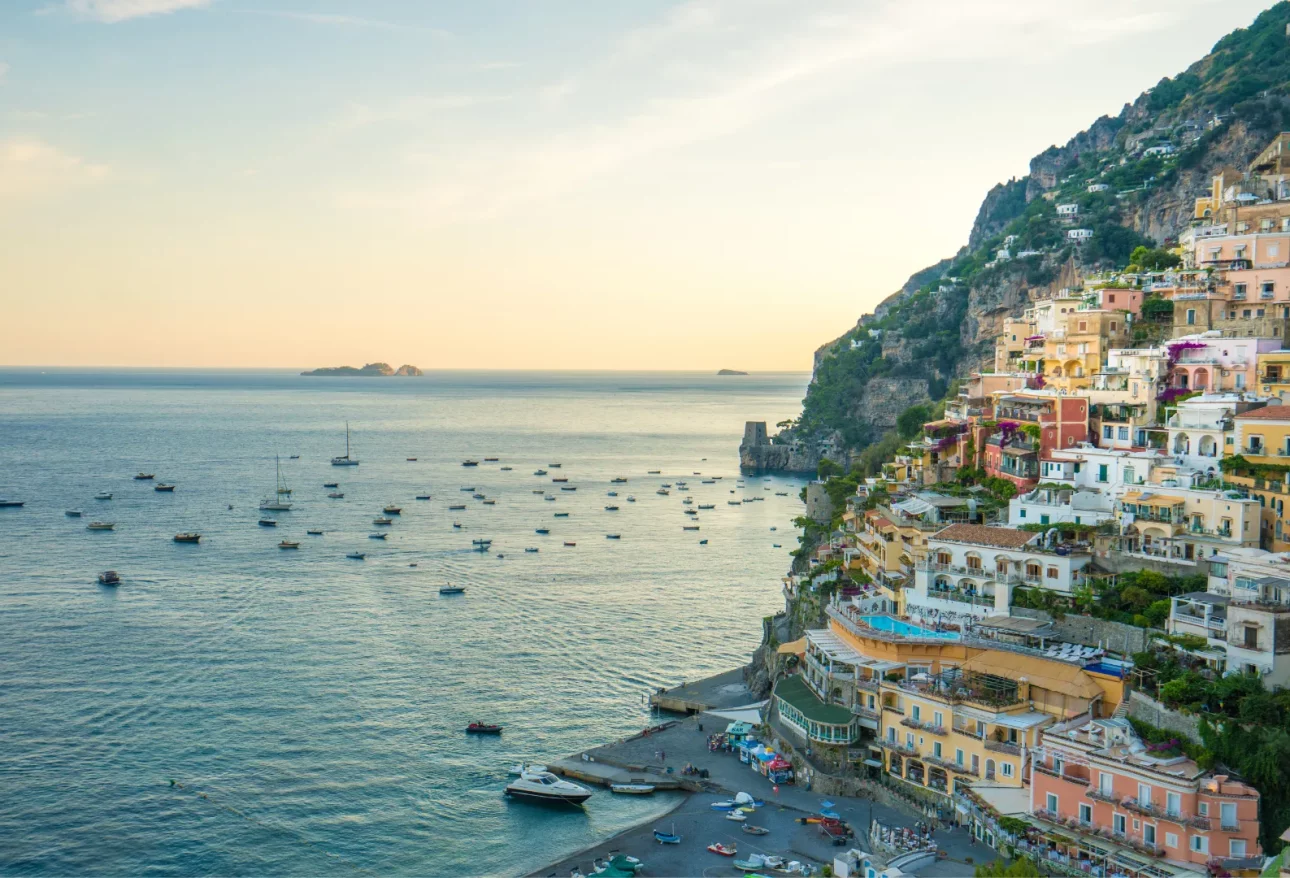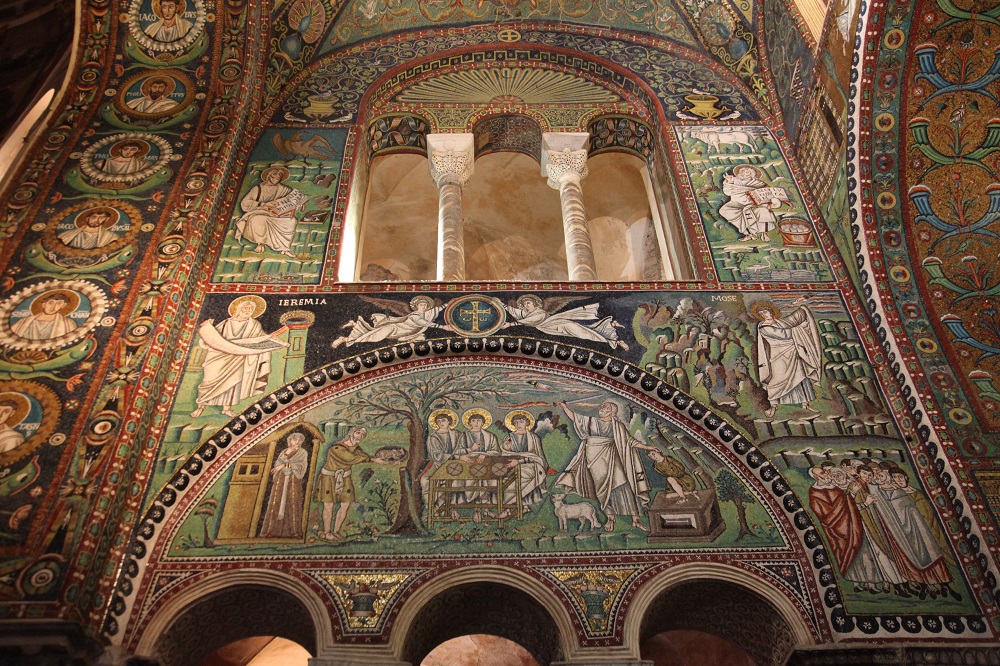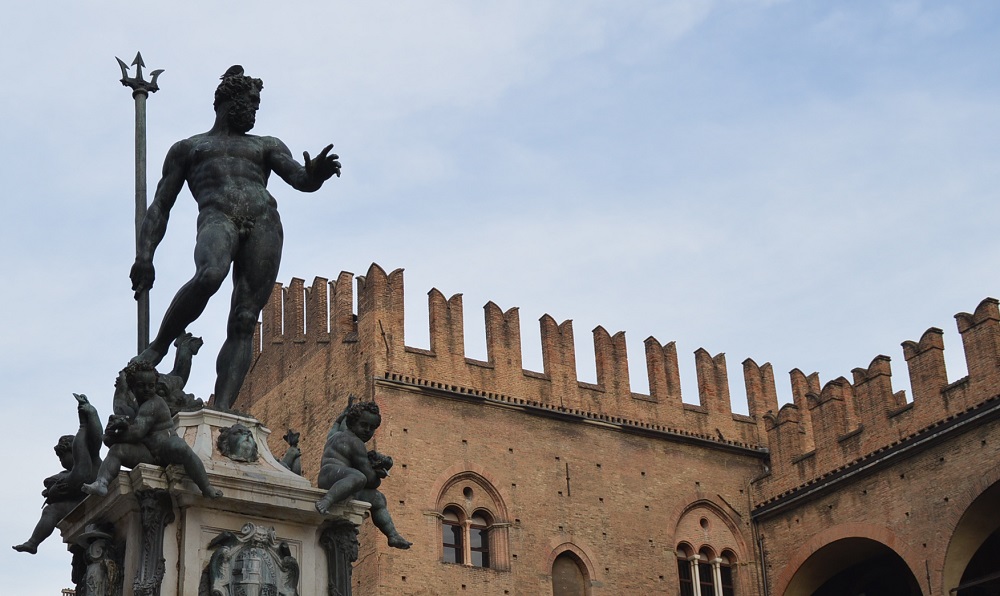
4-Day Luxury Italy Itinerary: Culture, Wine & Style
Time is precious, especially for UK professionals seeking an exclusive escape to Italy. When only four days are available, every minute must blend exceptional quality, tailored experiences, and authentic Italian flair. Our short luxury Italy itinerary is crafted to maximize your stay, ensuring that art, wine, and iconic style are all within your grasp without compromise. By combining Florence’s Renaissance treasures, the sensuality of Tuscany’s vineyards, and the glamour of Italy’s coastal gems, this 4 day Italy luxury trip promises relaxation, inspiration, and impressive stories to bring home. According to Ente Nazionale Italiano per il Turismo (ENIT), demand for short, high-end travel has increased by 18% among UK travellers as of 2025. Let us show you how to optimise your time with a seamless, luxury experience tailor-made for discerning globetrotters. Day 1 – Arrival and Cultural Immersion Recommended Arrival City: Florence Florence offers the perfect gateway to your Italian adventure. With direct flights from London Heathrow and Gatwick (prices starting at £150 one-way – check with British Airways for 2025 schedules), a morning arrival lets you make the most of your first day. Florence’s Amerigo Vespucci Airport is only 20 minutes from the city centre by private transfer. According to the Municipality of Florence, over 60% of luxury stays begin here due to its rich heritage and accessibility. Luxury Accommodation & Curated Dinner Select from premium 5-star hotels like Portrait Firenze (Double rooms from €700/night) or the historic Villa Cora overlooking the city. Check-in with VIP benefits: welcome champagne, exclusive concierge, and spa access. For your inaugural dinner, we recommend Michelin-starred Enoteca Pinchiorri, where a tasting menu with wine pairings currently starts at €320 per person (2025 update). Reserve ahead for guaranteed seating. Scopri il tuo viaggio personalizzato: Get your tailor-made Italian escape – contact us now! Day 2 – Art & History Private Uffizi and Duomo Tour Start your day with a private art historian for a personalized tour of the Uffizi Gallery (Fast-track tickets: €45, private guide: from €120/hr). Explore Renaissance masterpieces without queues. Next, marvel at the Florence Cathedral and climb Brunelleschi’s Dome – pre-booked skip-the-line access ensures a seamless experience. Gourmet Lunch & Relaxing Spa Afternoon Enjoy a riverside lunch at La Leggenda dei Frati (gourmet menu: €90+). Spend the afternoon at Helvetia & Bristol’s Spa, recently renovated and among Condé Nast’s top 3 spas in Florence (Day pass: €120, 2025 rates). According to our experience, this combination offers optimal balance between discovery and relaxation for busy luxury travellers. Day 3 – Wine & Lifestyle in Tuscany Transfer to Chianti or Premium Wine Country After breakfast, travel by private chauffeur to the heart of Chianti (about 1 hour from Florence; estimated transfer cost: €180). The Chianti Classico region is famed for its rolling hills and world-class wineries, offering a quintessential Italian wine luxury escape. Private Tasting & Vineyard Lunch Tour an estate such as Castello di Ama or Antinori nel Chianti Classico. Enjoy a private cellar tour, guided tastings (from €100 per person for premium experiences), and a vineyard lunch featuring local specialties and sommelier-selected wines. According to Consorzio Vino Chianti, demand for private food & wine tours in Tuscany grew by 12% in 2025 among international visitors. Day 4 – Coastal Glamour & Farewell Morning by the Amalfi Coast or Italian Lakes Take an early private transfer (or short domestic flight, if preferred) to Amalfi, Positano, or Lake Como for the ultimate in Italian style. For Amalfi, a fast Frecciarossa train from Florence to Salerno takes 3 hours (1st class: €110 pp; check Trenitalia for schedule). Relax with a yacht cruise, beach club brunch (Conca del Sogno, €80+), or scenic lakeside stroll. According to ENIT, 1 in 4 luxury UK visitors integrates either a coastal or lake stopover into their itineraries. Return to UK with Unforgettable Memories Your chauffeur will ensure timely transfer to Naples or Milan airport for your return flight to the UK. We recommend flying with British Airways or ITA Airways for premium service (prices from £170 one-way as of 2025). Treasure a collection of refined experiences ready to impress at home and in the office. Ready for your mini-break in Italy? Contact us and we’ll organize everything. FAQ – 4-Day Italy Luxury Trip for UK Professionals Q1: What is the best arrival city for a short luxury Italy itinerary?Florence is ideal for culture, accessibility, and high-end accommodation. Q2: How do I maximize high-quality experiences in just 4 days?Use private tours, skip-the-line bookings, and luxury transfers to streamline logistics and focus on art, food, and relaxation. Q3: What are the average costs for a 4-day Italian luxury escape?Expect £2,800–£4,500 per person (excluding flights), covering five-star hotels, private guides, gourmet dining, and transfers (2025 prices; verify current rates). Q4: Which wine regions offer private tastings and vineyard lunches?Chianti, Brunello di Montalcino, and Bolgheri specialise in VIP wine experiences. Q5: Can this itinerary be customized for families or small groups?Absolutely. We tailor programmes to suit couples, friends, or families seeking premium travel in limited time. Elevate Your Short Italian Break Optimising a quick Italian trip means choosing experiences that feel truly special. Our four-day luxury itinerary merges art, wine, and style in the finest settings, saving you research time and delivering memorable moments at every step. Ready to escape the routine? Contact us today for your custom luxury itinerary Let us know special interests or dietary requests Receive a detailed quote within 48 hours

